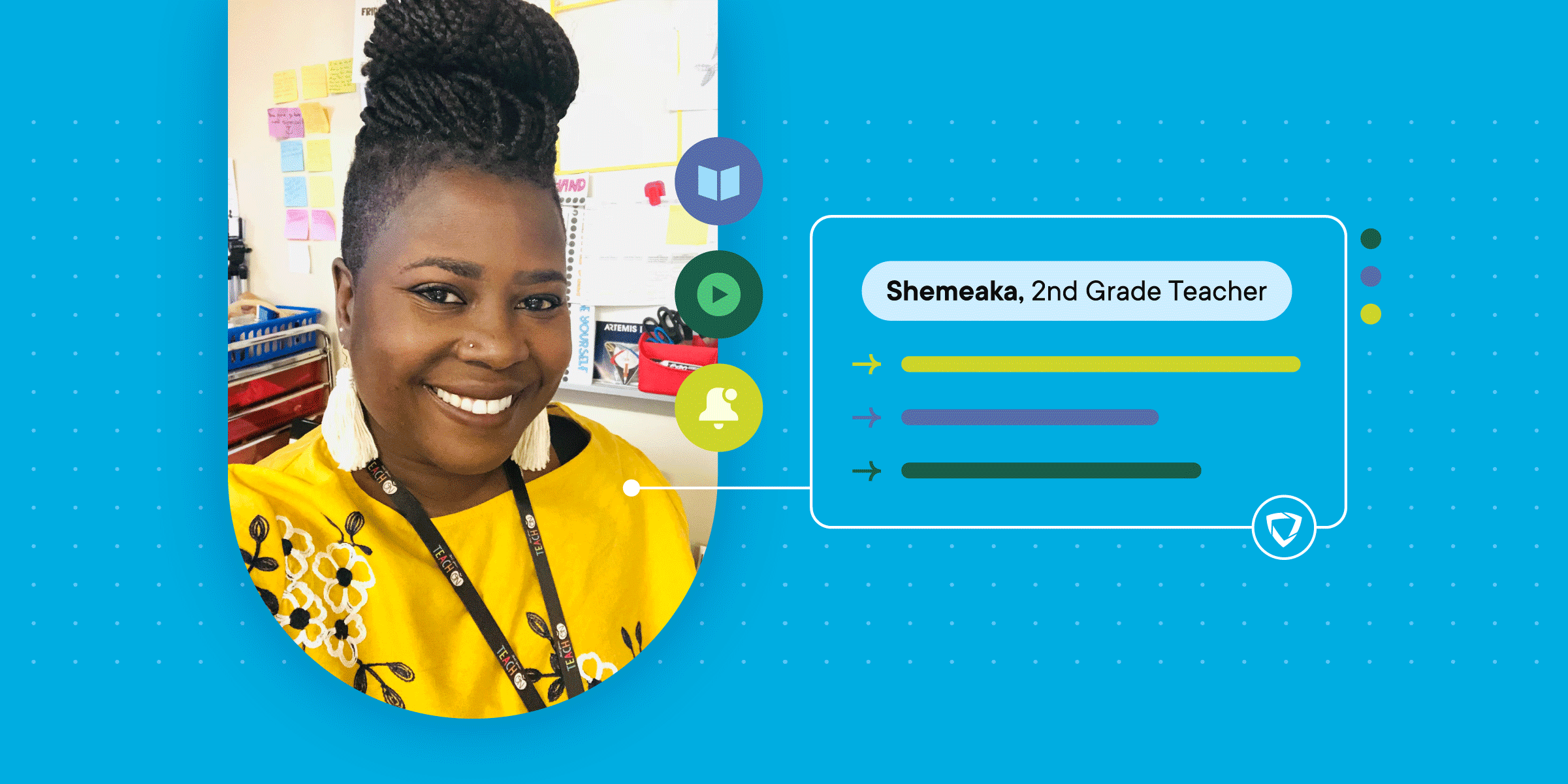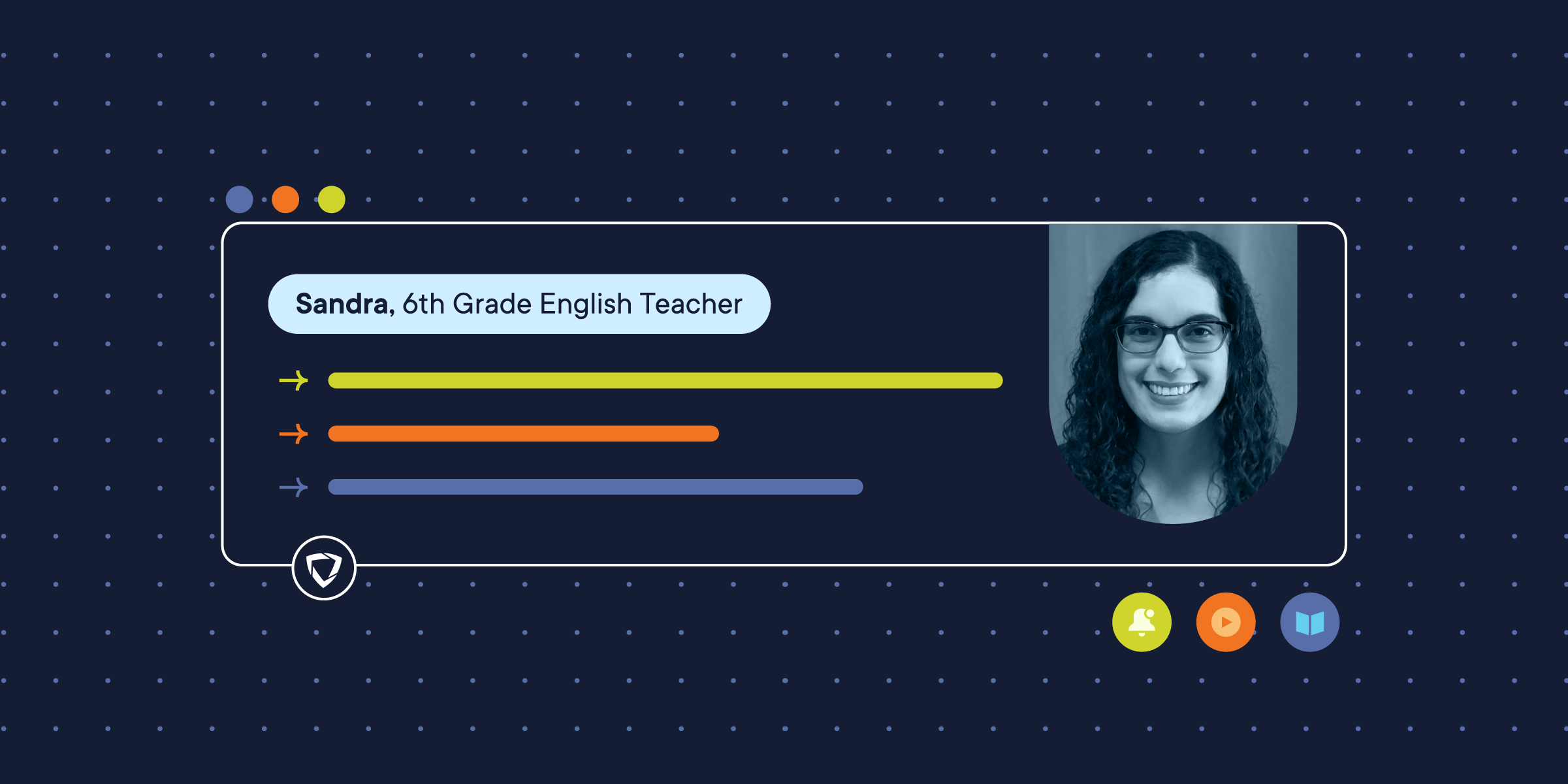
America is heading back-to-school, and students and teachers alike are preparing for an exciting, new year of learning ahead. While students are tackling their back-to-school supplies lists, teachers have their own preparation to do: locking in lessons, going over their curriculums and accessing the resources they need to best manage their classrooms.
Classroom management refers to the range of skills and techniques teachers use to keep students organized, focused, engaged, on task, and academically productive. Put simply, effective classroom-management strategies minimize student behaviors that impede learning and maximize behaviors that enhance it.
More than ever, teachers and educators are harnessing the power of technology to do just that. While "old-school" interpretations of classroom management were limited to creating a culture of “compliance”—where discipline was the primary tool used to govern student behavior, a more modern view of classroom management encompasses everything that teachers may do to facilitate learning. This may include anything from creating a welcoming, well-lit classroom to offering engaging resources that stimulate intellectual curiosity. As a result, traditional “teacher-to-student” educational models are shifting away from stale lectures and evolving to incorporate peer-to-peer and active learning techniques -- and technology is fast-tracking the process. Here are four ways technology can be used to boost your curriculum and enhance classroom management:
1. Technology gamifies static lessons.
Using technology in the classroom allows for less static and more dynamic learning experiences for students. To provide more interactive learning experiences, many teachers are now using gamification as an instructional tool to motivate and engage their students. Online learning games such as Quizlet offer the ability to create digital flashcards, self-made quizzes, and online study tools. Teachers are having such success with digital learning apps and games that they’re becoming increasingly popular.
According to GoGuardian’s Benchmark Report, which analyzed the aggregate device usage of 5 million K-12 students across the country, there’s been a meteoric rise in the gamification of education. Educational games like Kahoot, Cool Math Games, and Quizlet are top-ranking sites that deliver teaching through interactive, reward-motivated learning experiences that can enhance classroom management -- all made possible through technology in the classroom.
2. Technology supports self-directed learning.
With technology, students can learn at their own speed, review difficult concepts or skip ahead if they need to — they can also take the initiative to teach themselves. The learning approach of “self-directed learning”, an instructional strategy where the student takes ownership over their learning process, catalyzes students’ natural curiosity. With a laptop, tablet, or other device in hand, students are empowered to become active participants in their own education, rather than passive listeners. They can use online learning to search across educational sites and databases to broaden their knowledge of a subject that particularly piques their interest or get access to articles that complement a lesson. Sites like Khan Academy, which give brief tutorials on core curriculum concepts, can be used by students to review challenging subject matter or get clarification on a confusing lesson.
With technology in hand, students suddenly become the builders of their own knowledge, and they experience a greater sense of independence and autonomy from using digital tools to augment their understanding. They also develop the skills for lifelong learning in the process. With technology, students can learn digital literacy, practice digital citizenship, stay organized, solve complex problems and improve their productivity.
3. Technology encourages collaboration.
In peer learning research conducted by the U.S. Department of Education, educators reported that technology facilitated, and positively impacted, the kind of peer collaboration necessary to accelerate academic achievement.
By working on group projects, on forums, or by sharing documents through technology, students can teach each other through mentoring, tag-teaming assignments, and creative cooperation. Technology also allows students to collaborate in the same classroom, same school or even with other classrooms around the world. Technology integration empowers students to come together and partake in screen-sharing and grouping, which further engages them in their educational goals.
4. Technology enables differentiated instruction.
Students in the same class can have diverse needs, accommodations and learning styles. Differentiated instruction helps make lessons relevant to every student - regardless of learning style, educational background, language or ability. There are many software tools available to streamline and enhance differentiated instruction in the classroom.
GoGuardian Teacher allows teachers to monitor individual student’s progress, keep them on track, and customize study, work and testing environments to maximize learning time and minimize distractions. It also allows teachers to engage directly with students on a chat, and privately send gentle reminders to keep them on track.
This differentiation allows students to learn at their own pace and in their own way. It’s also tremendously effective. According to the International Congress for School Effectiveness and Improvement, ”No other factor contributed to the change in student's achievement further than the intervention of DI.” In supporting each student’s individual needs, technology can be a game-changer.
Ultimately, technology offers myriad benefits when it comes to classroom management: technology can make static lessons more dynamic, promote self-directed learning, encourage collaboration, and support differentiated instruction. As technology continues to evolve, educational software and trusted online resources will continue to enhance traditional methods of teaching to keep students empowered and engaged.
Want to learn more about technology in the classroom? Check out our 1:1 ebook here








